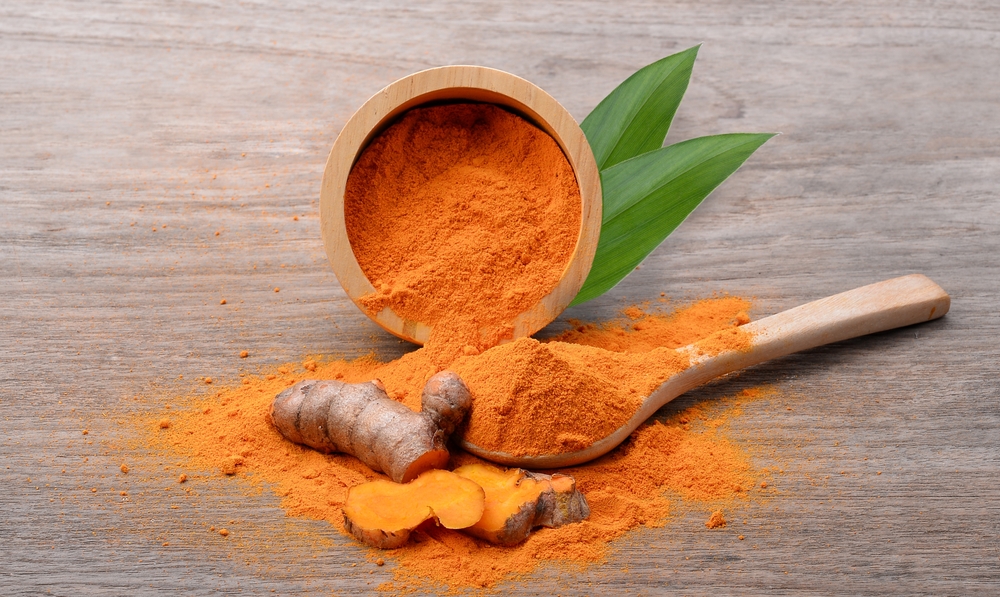The turmeric plant, known scientifically as Curcuma longa, is a perennial celebrated for its deep orange rhizomes and striking tropical appearance. Valued for both its culinary versatility and medicinal properties, turmeric also adds visual appeal with its broad, lush leaves and vibrant flowers that range from white to yellow and pink. The rhizomes resemble ginger in their shape but are easily recognized by their wrinkled surface and bright orange interiors. Growing turmeric at home offers a unique opportunity to enjoy both its aesthetic qualities and practical benefits.
Thriving in warm, humid environments, turmeric requires a long growing season, making it ideal for USDA Hardiness Zones 8 and above. Originating from southwestern India, where temperatures typically range from 65°F to 85°F, this plant is best suited to tropical climates. However, it can also be grown in cooler zones as an annual, provided the rhizomes are pre-sprouted indoors and then planted outdoors once the weather warms. In regions with suitable climates, turmeric rhizomes are typically planted in early spring, buried 2–3 inches deep and spaced 6–8 inches apart, with the buds facing upward for optimal growth.
For gardeners in cooler areas, pre-sprouting the rhizomes indoors is an essential step. Once the sprouts reach about 8 inches in height, they should be transferred to a large container that can support several plants. These containers need to be kept in a sunny, indoor space where temperatures stay at or above 68°F. Once the outdoor conditions consistently hit this temperature, the plants can be moved outside. Turmeric prefers full sunlight in the morning and partial shade in the afternoon, making it adaptable to environments that replicate its natural habitat.
Turmeric has specific but manageable soil needs. It grows best in soil that is organically rich, fertile, and consistently moist but well-drained, with a slightly acidic pH of 5.5 to 6.5. Adding a 1- to 2-inch layer of compost once a month during the growing season can help create the ideal conditions. While the soil should be kept moist, overwatering should be avoided, as it can hinder growth. Self-watering containers are a helpful tool for maintaining the right moisture balance, particularly for those growing turmeric indoors. As the plant matures, more frequent watering is required to prevent the soil from drying out completely.
Cultivating turmeric successfully takes some attention to its tropical preferences, but the rewards are well worth the effort. Whether grown in a sunny garden in warm regions or nurtured indoors in cooler climates, turmeric offers a combination of ornamental beauty and practical use. With the right care, this versatile plant can provide a steady supply of fresh rhizomes while adding a touch of the tropics to any home or garden.


